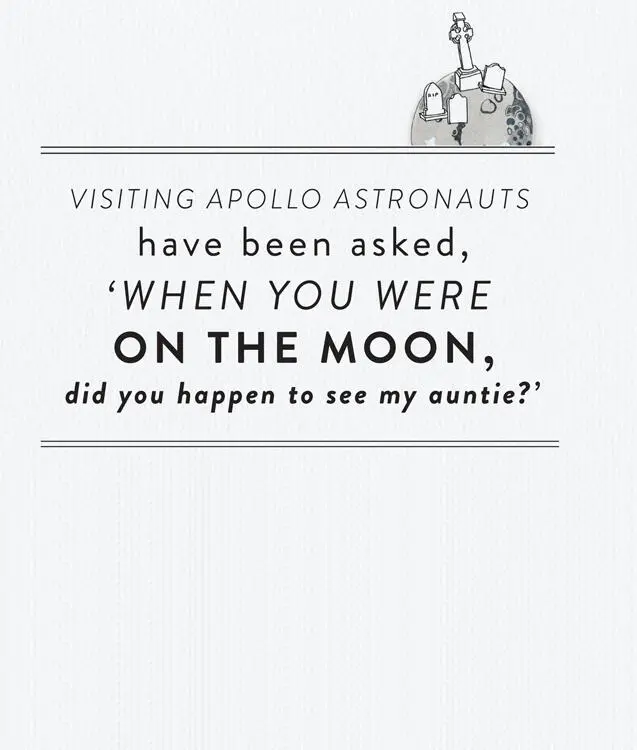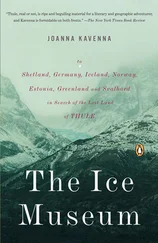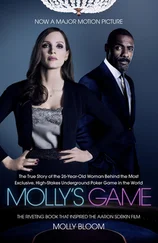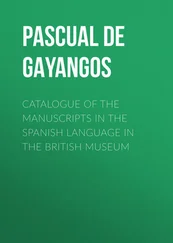The ink shimmers, because it contains metal compounds. It’s set off beautifully by its decoration in rich golds, blues, greens and reds. As soon as a page of the Bible was printed, it was handed over to an illustrator in Gutenberg’s home town who illustrated the initials, and then to another in Bruges who completed the intricate decoration of the Bible’s columns and borders. When the book was complete, it was bound. It came out of the workshop and changed the world. In just 50 years, the number of books printed with movable type went from zero to 20 million.
When, nearly five centuries later, Morgan bought the manuscript of Pudd’nhead Wilson from Mark Twain, the author told Morgan, ‘One of my highest ambitions is gratified – which was to have something of mine placed elbow to elbow with that august company which you have gathered together to remain indestructible in a perishable world.’ This is why the Morgan Library and Museum is so special. The ‘august company’ really is wonderful and each precious work is safe in the quiet vaults below Manhattan. No wonder the muses love this place so much.
[Pierpont Morgan (1837–1913)]Pierpont Morgan was a brilliant financier and an avid collector of rare and precious things. His son J. P. Morgan, Jr gave his father’s extraordinary library to the public in 1924, and now anyone who visits can see a selection of his art, rare books, manuscripts, drawings, prints and ancient artefacts that are on display.

[Johannes Gensfleisch zur Laden zum Gutenberg (1398–1468)]Gutenberg invented movable type and so introduced printing to Europe.
[The Morgan Library’s Gutenberg Bible on vellum]I had an afternoon alone with this world treasure, in the reading room of the Morgan Library and Museum.


I ALMOST FORGOT TO LOOK at the moon today.
Those are the words on the first painting I ever chose for myself. I saw it in a little arty café in Cochin, Kerala, India. At the other end of the subcontinent, in Nepal, people think the dead live on the moon. Visiting Apollo astronauts have been asked, ‘When you were on the moon, did you happen to see my auntie?’
Since my trip to the storage facility of the National Air and Space Museum, when I look at the moon I see hundreds of spacesuits, lying quietly in the cold, and two knees, thickly coated in moon dust.
When I visited the museum, the spacesuit storage facility was located, rather appropriately, in Suitland, Maryland. To get there, I took a Metro from central Washington DC and then walked along a highway, melting in the summer heatwave and being hooted at by people who were probably wondering what on earth I was doing there. Eventually, I arrived and was greeted by the museum collection conservator, Lisa Young, and curator, Cathleen Lewis. They opened a spacey, silver door, walked us into a middle room, like an airlock, and then into a room filled with spacesuits in stasis.
It’s a cold (18°C/65°F), narrow room lined with hundreds of headless bodies on metal bunk beds. Each body is covered with a sheet, as if it were a morgue for spacesuits (only these suits are not ‘dead’, they’re being preserved for future generations). In total, there are 287 suits in the collection, but only a little more than half of these are in storage at any time. The others are on display or on loan to other museums around the world. Each one is referred to by the name of the astronaut who wore it, and each is displayed on a mannequin and laid out flat on its back on the metal bunk beds, five to six bunks high. We pulled back a sheet and uncovered a body.
It was the spacesuit of Harrison H. ‘Jack’ Schmitt of Apollo 17, the only scientist to walk on the moon. His spacesuit is covered in grey dust, especially the knees. It looks like ash, but it is moon dust. The moon dust is the reason why this suit is not on display. Schmitt is a geologist. When the Apollo astronauts were in training, they went partying together. Schmitt would sit there among the pilots, talking about rocks. He was chosen for Apollo 17, the final manned mission to the moon, because scientists at NASA were going bananas. They couldn’t believe that, of the 12 men who had walked on the moon, not one was a scientist.
There had been some lighthearted scientific experiments – playing golf, dropping a feather and hammer at the same time to see which would fall first (they fell at the same time), and some lunar samples had been brought back to Earth, but no one who could make snap scientific decisions on the moon had ever been up there. As a geologist, Schmitt could do, in another world, what he did all the time on the Earth – dig to find out more about what the planet was made of. The scientists at NASA insisted that Schmitt was given a seat.
Hours into the return trip, the crew of Apollo 17 took one of the most famous photographs of all time, a photograph of our planet called ‘The Blue Marble’, of the whole Earth lit up by the sun. Africa was in daylight, and Antarctica was lit by the December solstice. Although NASA credits the whole crew with taking the photograph, as they were all using the camera, passing it between them, it’s acknowledged now that the iconic image was the work of Schmitt.
Much later, he and Gene Cernan left Ronald Evans behind in the command module and landed the lunar module in the Taurus-Littrow valley of the moon. It was December 1972. They stayed on the moon for three days, driving 16 kilometres across the light side. They saw lunar plains, took measurements of the gravitational field of the moon, passed steep mountains, drove around small craters and stood beside enormous boulders and glittering rocks.
Whenever they saw interesting things they jumped out to gather treasures to take home. They were ecstatic, especially Schmitt. He began singing, ‘I was strolling on the moon one day,’ skipping, bouncing and humming happily on his way. Gene Cernan, not a geologist, sung along too.
In total, they brought back 109 kilograms of rock. One of these samples is named Troctolite 76535. It formed when the moon was only 300 million years old and it has a faint magnetic field, suggesting that the moon itself may once have had one. Troctolite rock is found on Earth in several places, including Cornwall, the Isle of Rum in Scotland and western Australia. Schmitt also collected orange soil, which suggested the possibility of water, and maybe even life, at some point in the moon’s history.
In his travels across the moon, a quarter of a million miles from Earth, Schmitt fell over or made contact with the moon more often than any other Apollo astronaut. His suit got very dirty as he crawled along collecting rocks, or from when he fell over and pushed himself upright again. Most of the Apollo spacesuits were dry-cleaned when they arrived back to Earth, but Schmitt’s never was. NASA wanted to preserve the final Apollo mission spacesuits just as they were. So dust from the lunar surface remains embedded in the fibre. I peered at the knees of his spacesuit. They were thick with grey lunar soil. I really got to look at the moon that day.
Apollo 17 was the flight when the astronauts were on the surface of the moon for the longest period of time, travelled furthest across it and collected the most lunar samples. This suit is just as it was when Schmitt, one of the last two men on the moon, left its surface, splashed back into the Pacific Ocean, took the spacesuit off and put his Earth clothes back on. It’s too precious to be displayed in the museum.
Читать дальше















